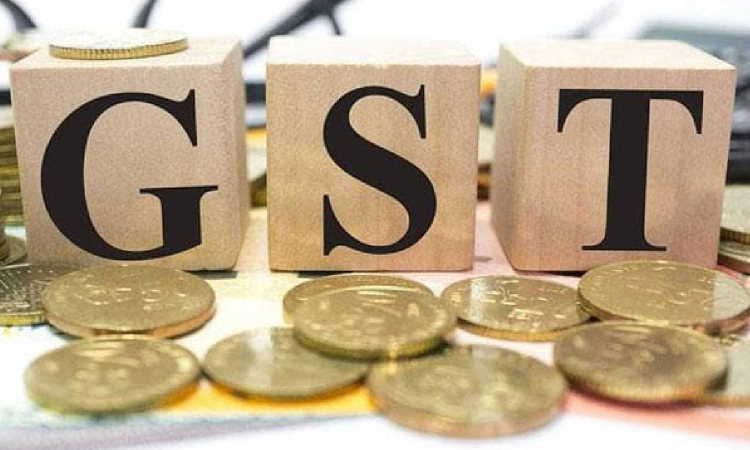Editorial: Lower GST: Concerns in the South
The proposed comprehensive review of GST offers an opportunity to address existing southern concerns regarding skewed devolution.

Representative Image
The announcement of GST reforms by Prime Minister Narendra Modi has been widely welcomed by consumers in anticipation of lower taxes. However, the reforms must also be examined for the implications they will have for revenues accruing to the southern states, which contribute a disproportionate share to the nation’s tax collections but receive a lower share of the proceeds. The proposed comprehensive review of GST offers an opportunity to address existing southern concerns regarding skewed devolution.
As things stand, Karnataka, Tamil Nadu, Kerala, Andhra Pradesh, and Telangana together contribute an estimated 28.5% of the national GST collection. Yet, they collectively receive just 15% of the taxes devolved by the Centre. This has fuelled a sense of injustice in the South. The current proposals, designed to ease the tax burden on consumers, are therefore likely to be seen from the standpoint of reduced revenues by governments in the peninsula.
The current four-tier GST structure (5%, 12%, 18%, 28%) is proposed to be replaced by just two slabs, 5% and 18%, with a 40% tier for a small number of sin goods. Most of the items currently in the 12% bracket, including many staples, are expected to be shifted to the 5% slab. Similarly, many items in the 28% slab are to be brought down to 18%. There is also a proposal to bring health and life insurance down from the 18% to 5% slab. These revisions cumulatively imply lower accruals to the South, worsening an already skewed devolution. Considering that the guaranteed GST compensation period has ended, southern states have greater cause to worry. The argument that higher consumption will duly offset the loss of revenue is speculative at this moment.
Before GST, states like Tamil Nadu and Kerala had robust local taxes that gave them fiscal autonomy and higher revenues. Post-GST, much of this autonomy has been lost, compounded by delays in central disbursals. This has led to overreliance on sectors that they are still empowered to tax, such as alcohol, petrol, and land registrations. Brisk GST growth rates, such as in Karnataka and Telangana, have not quite made up for these limitations and, as a consequence, state investments, welfare spending, and ways and means funding have become constrained.
Although it is the country’s second-highest direct tax contributor, Karnataka’s tax share from the central pool has fallen from 4.71% to 3.64%, with losses pegged at ₹68,775 crore over the last five years. Kerala’s GST revenue share has been static, leaving it vulnerable to strains due to recurring natural disasters. Tamil Nadu and Telangana are both high contributors to the GST kitty, but compensations to them have failed to keep pace with their actual fiscal needs. Andhra Pradesh’s reliance on central funding has become endemic due to stagnation in its GST share.
The run-up to GST 2.0 is opportune to reform the GST sharing formula. There is a need to move it toward a performance- and contribution-oriented model that rewards economic success, not just population size. In particular, it is time to consider pegging the states’ share to reflect their actual GST collections, with the Centre doling out additional grants for the poorer states. Alternatively, the GST Council must consider Kerala’s suggestion to revise the 50:50 revenue sharing formula to 60:40 in favour of the states. At the very least, the Union government must ensure that if lower GST rates are implemented, the southern states are shielded from abrupt fiscal shocks.



